01730 622544
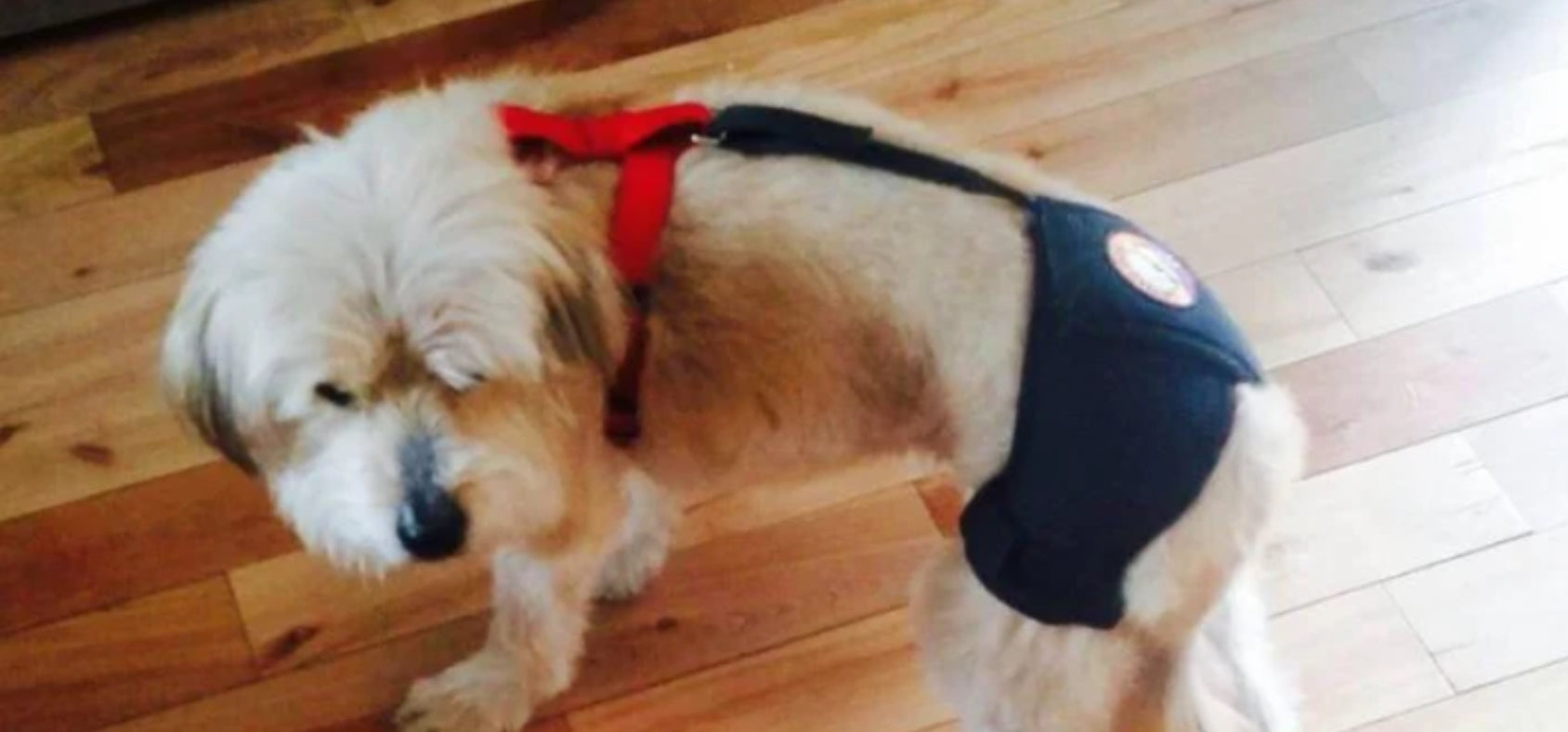
Hip Dysplasia in Dogs - Symptoms and Solutions
Hip dysplasia in dogs is a very common, painful orthopaedic condition.
Hip dysplasia is one of the most common skeletal diseases in dogs, and affects millions of dogs worldwide. It's one of the conditions that we hear a lot about at Zoomadog.
The ball at the top of thigh bone (femur) doesn't sit well in socket of the hip joint. Hip dysplasia is an inherited condition. Although some breeds are more vulnerable to dysplasia in dogs than others - e.g. rapidly growing large breeds - any dog can develop it.
As the disease progresses, a dog's hip joints degenerate, causing increased pain and mobility issues for the dog.
This short article about hip dysplasia in dogs will tell you symptoms of hip dysplasia in a dog to look out for, and solutions. At Zoomadog we have a fantastic range of natural supplements, hip braces and support aids to help your dog.

If left untreated, a dog will eventually be unable to use his/her hind legs and suffer extreme pain. However, the vast majority of dogs with hip dysplasia can lead full and active lives if the disease is diagnosed early enough and proper treatment is given and maintained.
Causes
The condition is caused by a looseness in the hip joint, which in fact should be tight. If the ball and socket of the hip joint do not sit properly, the friction causes degeneration of the joints, which eventually leading to loss of function in the hip joints. Hip dysplasia is caused by a number of genetic and environmental factors.
- Some dogs can be born with hip dysplasia (often referred to as early onset hip dysplasia). From an inheritance perspective, it is a complex disorder with multiple genes involved. Therefore, it is not something easily eradicated from a particular breed or lineage. However, if you're thinking of getting a puppy, checking parents' hip and elbows scores is helpful. If they score badly, it's likely their children will also develop joint problems.
- Dogs can also develop the disease in later years with the onset of arthritic conditions (often referred to as later onset hip dysplasia).
- Environmental factors can also cause hip dysplasia. These can include: rapid weight gain and obesity, nutritional factors, poor hind limb muscle development, pelvic injuries, or repetitive strain injuries.
Early onset cases of hip dysplasia usually develops after four months of age. In young dogs, there is a laxity or joint looseness that develops as the dog grows. For later onset cases, the cause is usually due to a form of arthritis called osteoarthritis, which causes the joint cartilage to deteriorate. The onset can also be due to extreme "wear and tear", often seen in working dogs, such as K9s and Search and Rescue animals who work on hard surfaces over many years.
Diagram of normal hip bones (left) and hip dysplasia (right)
Breeds Affected
Hip dysplasia can affect all breeds, including mixed breeds. However, it is affects large and giant breeds more commonly than small ones. Some breeds more genetically susceptible to hip laxity have higher instances of hip dysplasia, such as:
- German Shepherd Dogs
- Golden Retrievers
- Labrador Retrievers
- Rottweillers
- Great Danes
- Saint Bernards
- Mixed breeds
Symptoms
Symptoms of hip dysplasia in dogs depend on the degree of joint looseness or laxity, the degree of joint inflammation, and the degeneration present. It's important to note that the pain levels in a dog don't always correlate with the disease's progress. Some dogs with mild dysplasia may experience extreme pain. Whereas dogs with severe dysplasia may appear to be coping quite well. Common signs of hip dysplasia in dogs you'll see include:
- Exercise intolerance
- Bunny hopping (especially up stairs)
- Swaying gait (rear end moves back and forth in pronounced fashion)
- Stiffness/pain
- Difficulty getting up from lying or sitting positions
- Sitting in "frog" position (one hip splays out)
- Reluctance to run, jump, climb stairs
- Evinces pain when touched
- Hind-limb lameness, often worse after exercise
- Back legs more close together than front legs (eg narrow stance)
- Muscle waste in the hind quarters
- Arthritis (especially in later onset)
- Very reluctant to be touched
- Unexplained aggressive behaviour
- Weight control for your dog, as overweight dogs have more pressure on the joints
- Hydrotherapy is fantastic for dogs with dysplasia
- Use a dog hip brace like the Orthodog hip brace, as this will support your dogs hips during exercise.
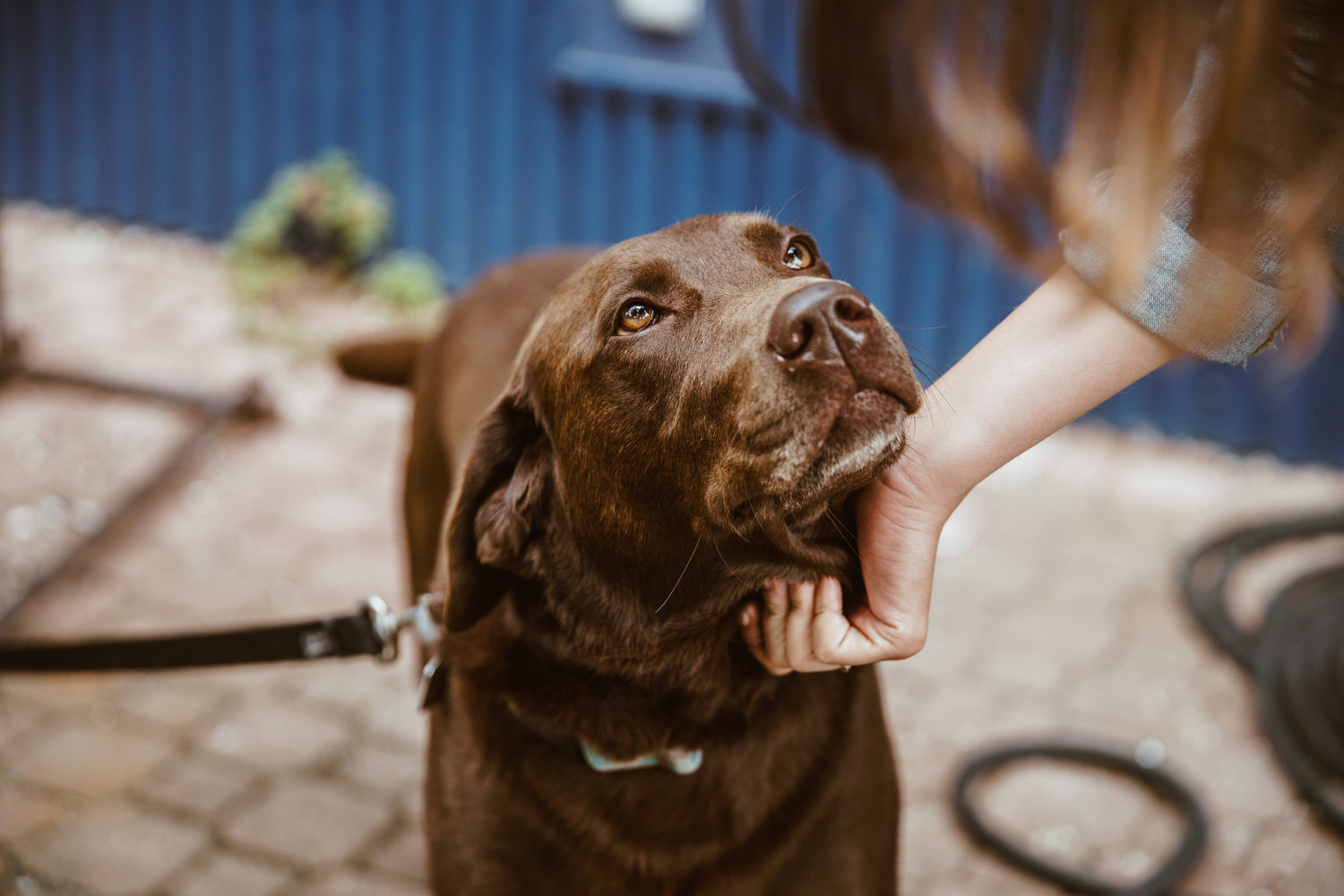
Looking for help with your dog?
We can help find the right solution for your dog
Feel free to give us a call on 01730 622544
or email us at woof@zoomadog.co.uk


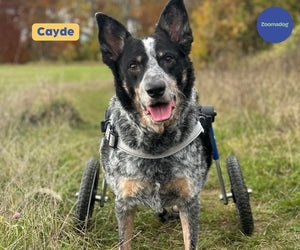
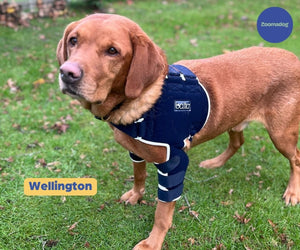
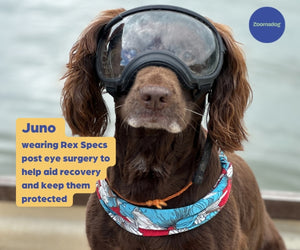
Leave a comment